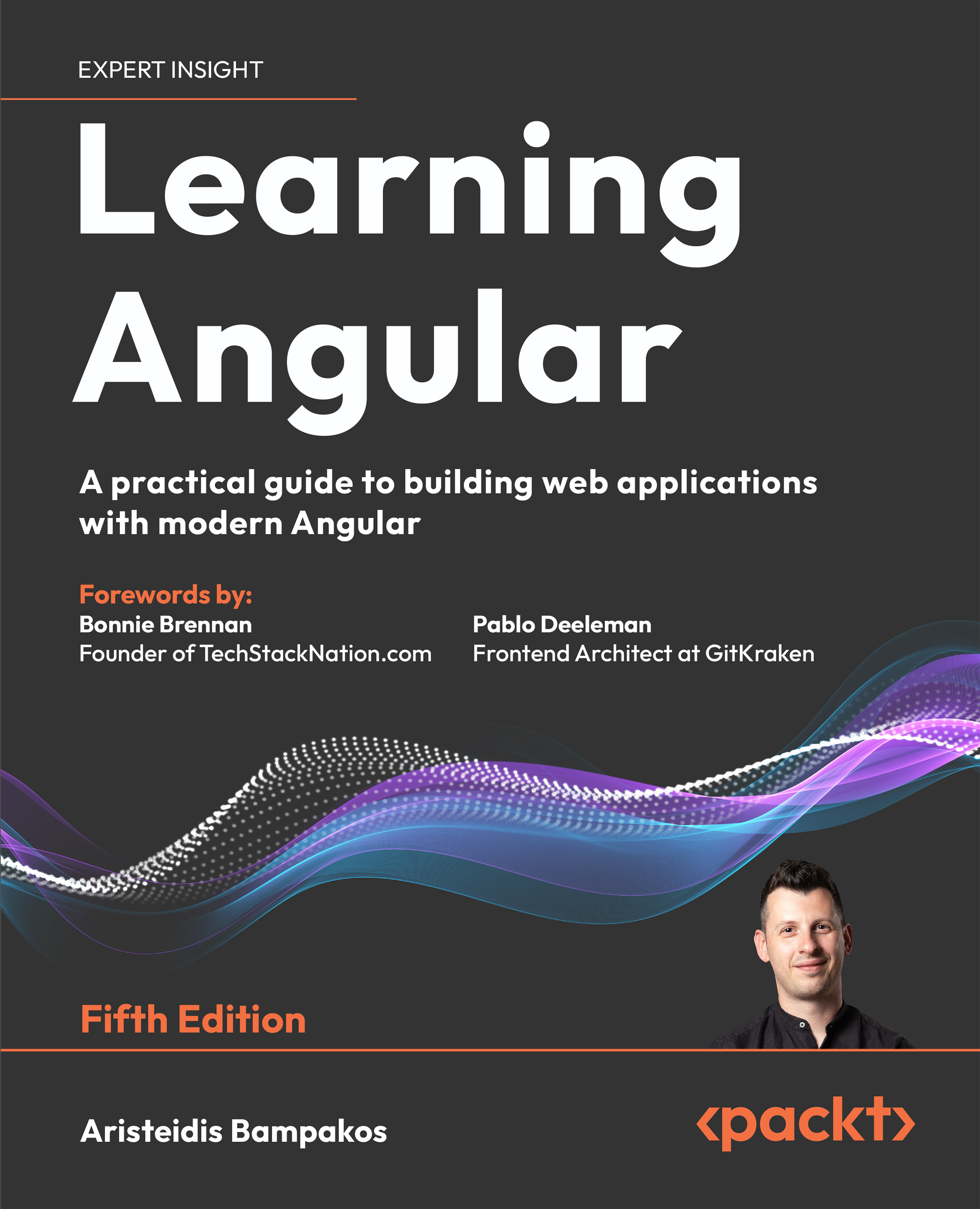Ray Rischpater is a software engineer and author with over twenty years of industry experience and sixteen books to his credit. Beginning with software development for mobile platforms he's done work in several areas, including mobile, web services, building tools for mapping and geospatial engineering, and applying machine learning to geospatial processing problems.
During this time, he's participated in the development of Internet technologies and custom applications for Newton, Magic Cap, Palm OS, Java ME, Qualcomm BREW, Apple iOS, and Google Android, as well as several proprietary platforms. Over the last six years, his focus has shifted from mobile applications and services to building tools, software processes, and machine learning models to facilitate mapping the real world. Presently, he's employed as a software engineering manager at Uber, doing work on mapping and machine learning.
When not writing for or about software development, he enjoys making music, hiking, and photography with his family and friends in and around the San Lorenzo Valley in central California. When he's able, he also provides public service through amateur radio as the licensed Amateur Extra station KF6GPE.
Other books you may have worked on.
Microsoft Mapping with Carmen Au (Apress, 2013) and Application Development with Qt Creator, Second Edition (Packt Publishing, 2014). I've written several other books, including Beginning Java ME Platform (Beginning from Novice to Professional) (Apress, 2008), Software Development for the QUALCOMM BREW Platform (Apress, 2003), Wireless Web Development, First Edition (Apress, 2002), and Wireless Web Development, Second Edition (Apress, 2004).
I'd like to thank my wife, Meg Given, for her patience as I worked on yet another book project.
Read more
 United States
United States
 Great Britain
Great Britain
 India
India
 Germany
Germany
 France
France
 Canada
Canada
 Russia
Russia
 Spain
Spain
 Brazil
Brazil
 Australia
Australia
 Singapore
Singapore
 Hungary
Hungary
 Ukraine
Ukraine
 Luxembourg
Luxembourg
 Estonia
Estonia
 Lithuania
Lithuania
 South Korea
South Korea
 Turkey
Turkey
 Switzerland
Switzerland
 Colombia
Colombia
 Taiwan
Taiwan
 Chile
Chile
 Norway
Norway
 Ecuador
Ecuador
 Indonesia
Indonesia
 New Zealand
New Zealand
 Cyprus
Cyprus
 Denmark
Denmark
 Finland
Finland
 Poland
Poland
 Malta
Malta
 Czechia
Czechia
 Austria
Austria
 Sweden
Sweden
 Italy
Italy
 Egypt
Egypt
 Belgium
Belgium
 Portugal
Portugal
 Slovenia
Slovenia
 Ireland
Ireland
 Romania
Romania
 Greece
Greece
 Argentina
Argentina
 Netherlands
Netherlands
 Bulgaria
Bulgaria
 Latvia
Latvia
 South Africa
South Africa
 Malaysia
Malaysia
 Japan
Japan
 Slovakia
Slovakia
 Philippines
Philippines
 Mexico
Mexico
 Thailand
Thailand















